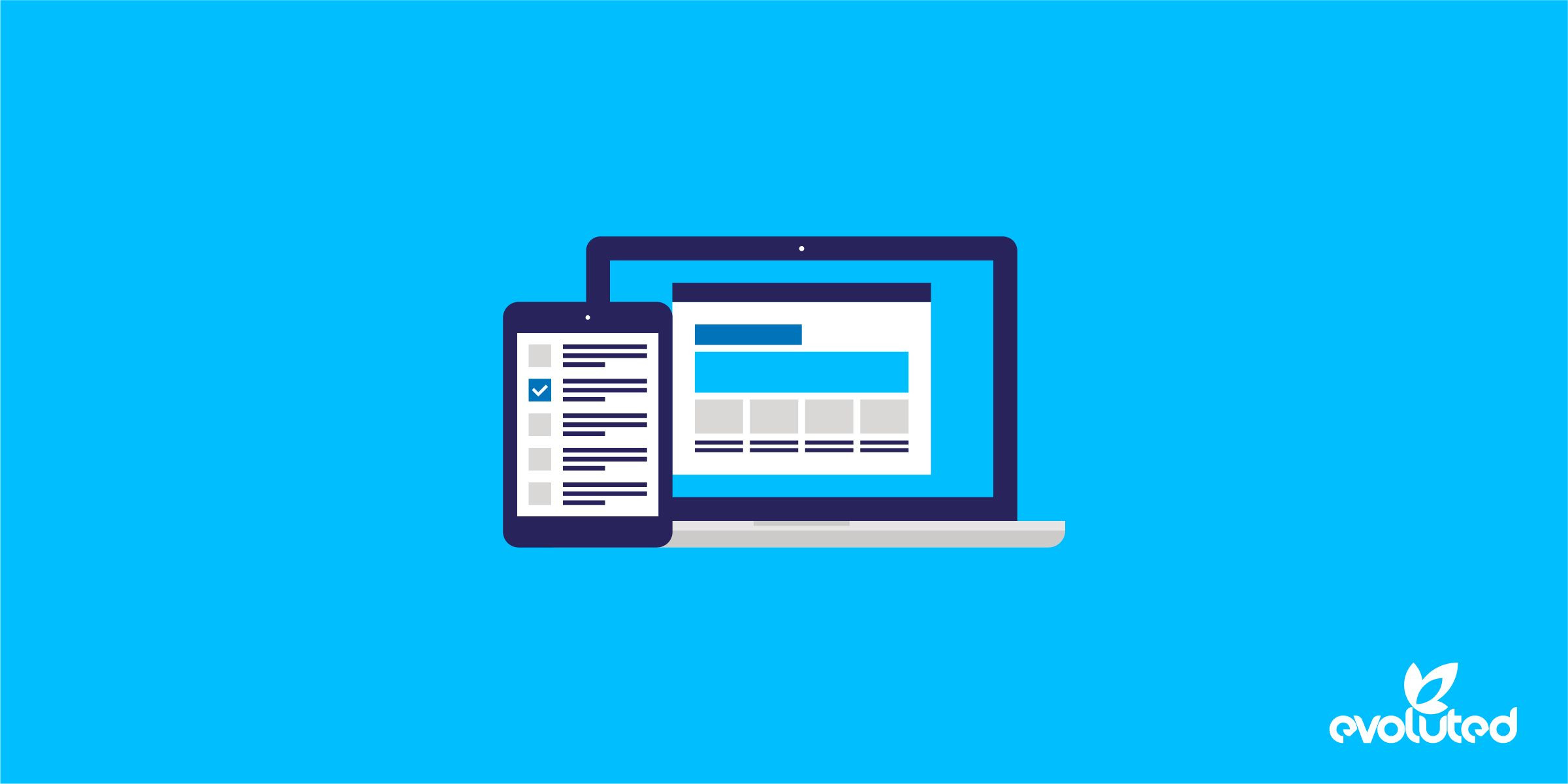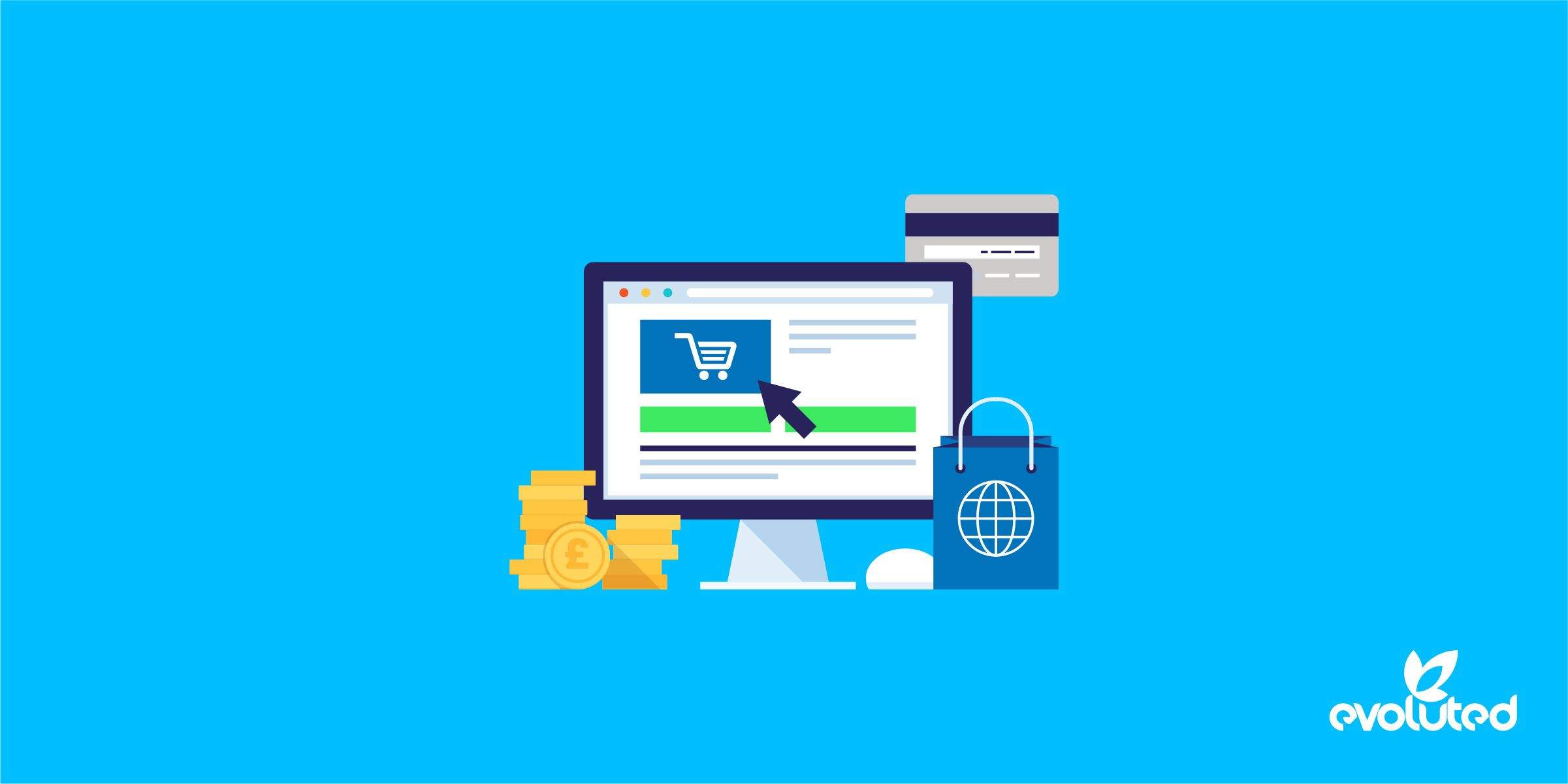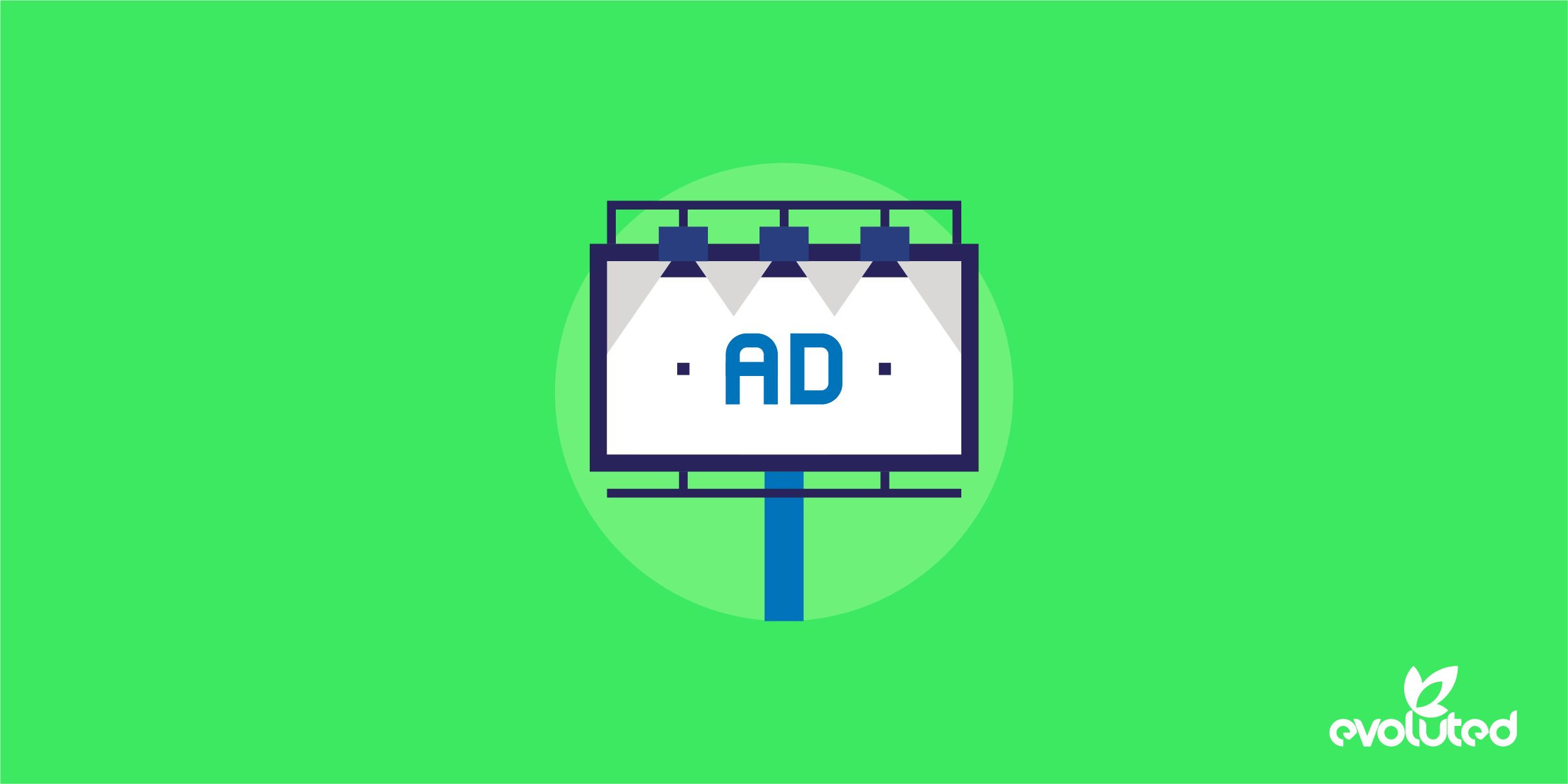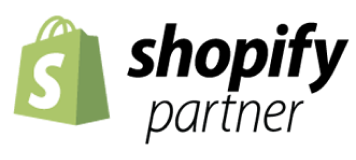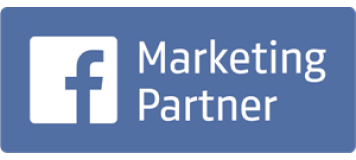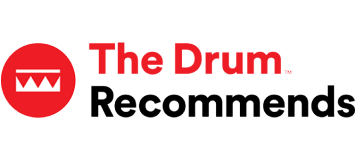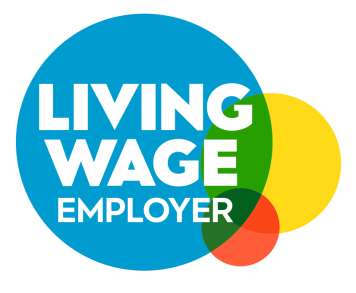CPCs getting more expensive? Here's why and what you can do
Have you noticed that your CPCs (cost-per-clicks) are going up across your paid media campaigns? You’re not alone!
It’s fair to say that the last 18 months or so have been a bit of a roller coaster for all marketers. The impact of the coronavirus pandemic shifted users' purchase intentions, and has made a lot of us take a step back and re-evaluate both what we’re buying from a consumer point of view, but also what we’re spending from an advertising point of view.
This blog will be looking into the recent inflation in average CPCs across a range of paid media platforms, exploring why this has happened, and giving you some tips on what you can do to ensure you’re getting the best return on investment on your advertising account.
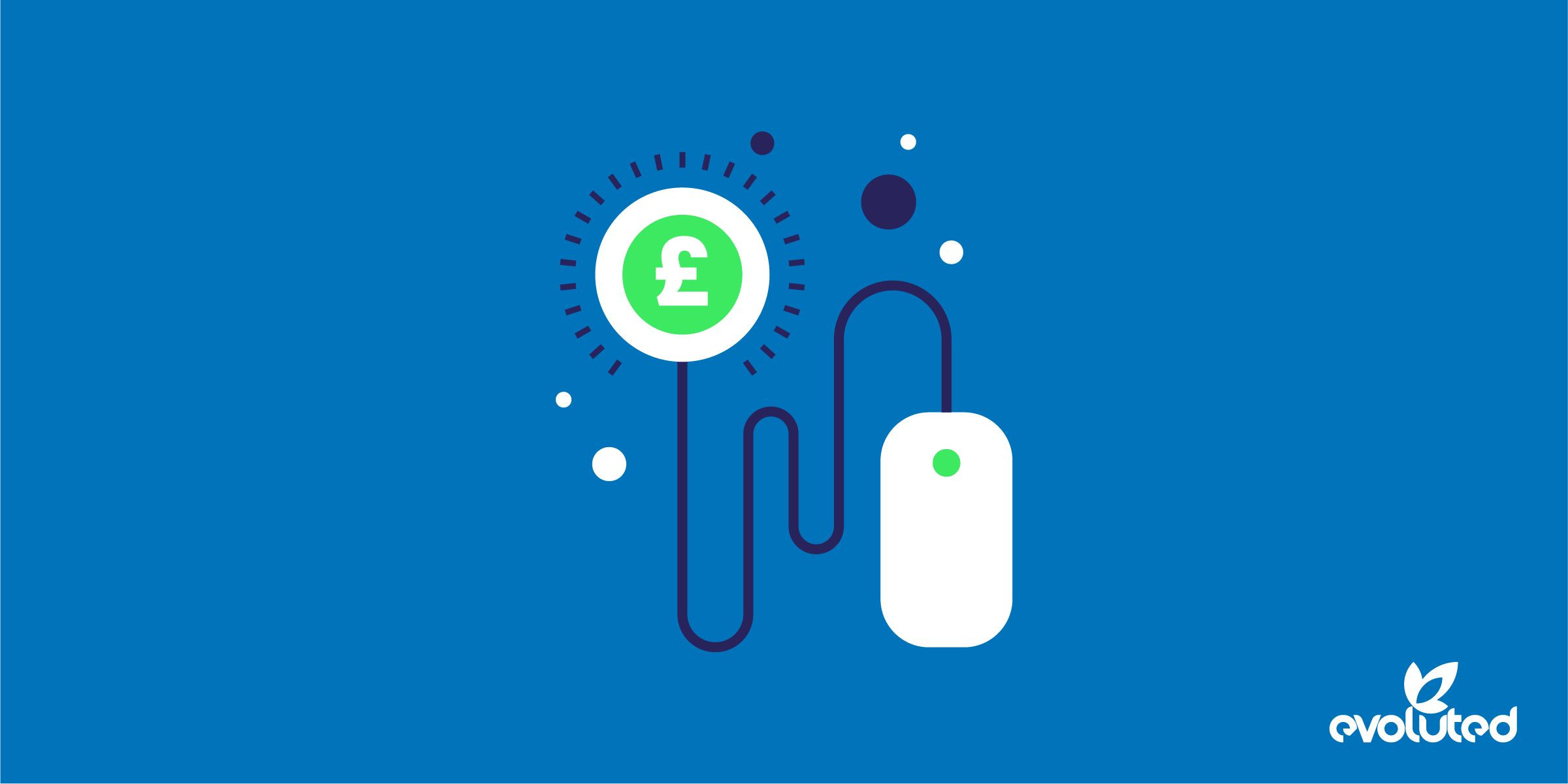
WHAT IS CPC INFLATION?
Cost-per-click inflation is the gradual increase in the price you pay per click on your digital advertising.
According to Axios, Google's cost per click (CPC) is up by 23% since Q3 2019.
The cost to advertise on Facebook is also 33% higher (measured by CPM), and 23% higher on Instagram.
This is quite a jump in such a short period of time, so why is this happening?
MORE COMPANIES ARE UTILISING DIGITAL ADVERTISING
It’s no secret that traditional forms of advertising are seeing a decline, with magazine and newspaper sales diminishing and less people watching TV, instead opting for ad-free choices such as Netflix and Disney +.
That’s not to say there still isn’t value in more traditional forms but digital advertising gives advertisers more control over their targeting. They can change and optimise campaigns/ads in real-time, making decisions using the data generated, helping to increase campaign efficiency and the return seen.
In fact according to Hubspot, 33% of marketers now use paid media advertising to increase their brand awareness, and this figure is only increasing each year.
IT’S A WAY FOR BUSINESSES TO BOUNCE BACK FROM THE PANDEMIC
The coronavirus pandemic hit a lot of businesses hard, with many closing down either temporarily or permanently.
Marketers pulled back their efforts and budgets, and many users pulled back on their shopping habits too. Now that the world is slowly opening back up, and many people's shopping habits have shifted towards online shopping, paid media advertising is the perfect way to reach those engaged shoppers and bounce back.
Many businesses have needed to make a comeback from the impact of the pandemic, and paid media advertising has been an effective way for businesses to their increase brand awareness and drive users through to their website. More advertisers ultimately means higher CPCs as there’s more competition on keywords and audiences.
THERE IS LESS AD SPACE
With the increase in competitiveness of paid media advertising comes another issue. With more marketers running ads across platforms like Google Ads, for example, there is less space available for these ads. If you think about it, there are only so many ads that can appear at the top of the page on Google, and now there are even more companies fighting to appear there.
This is naturally going to drive costs up, as marketers try and outbid their competitors for that space, again contributing to increasing CPCs.
IT'S HARDER TO REACH POTENTIAL CUSTOMERS
This one is more focused on Facebook/Instagram Ads, but the impact of the iOS 14 update earlier in the year has meant that it's much more difficult for Facebook to keep tabs on user behaviour, as Apple users can now opt out of being tracked.
This generally means audience sizes are smaller, making it harder for advertisers to reach potential customers. More difficulties targeting means it can be harder to generate a return on your investment, which can mean more budget is pushed into campaigns in order to get the results needed.
Especially if you use automatic bidding on Facebook/Instagram ads and have a larger budget, you might end up paying more for your ads to show and more per click on your ad. Smaller audience sizes also means more competition on those now more limited audiences, also driving up CPCs.
AUTOMATED BIDDING DRIVES UP PRICES
Depending on how familiar you are with Google Ads, you might know and use automated bidding strategies in your Google campaigns.
Whilst automated bidding strategies have a range of benefits, such as removing the heavy lifting and guesswork out of setting bids, it also means you’re giving control to Google on what to bid for you.
Google lacks the discretion for wasting spend, after all it is there to make money, so you might be seeing higher CPCs on your keywords because of this.
WHAT CAN YOU DO TO KEEP YOUR CPCS LOW?
Whilst that might all sound very doom and gloom, there are a few things you can do to ensure you keep your CPCs nice and low, and maintain a strong return on your investment on your campaigns.
DO YOUR RESEARCH
Finding the best keywords to target on PPC platforms such as Google and Bing is key to ensuring you run effective campaigns. The more popular keywords will tend to have more advertisers bidding on them, making it likely that you’ll end up paying more for your clicks, driving up your costs.
There are plenty of tools out there, such as Google Keyword Planner and SEMrush, which allow you to research various keywords and see metrics such as search volumes and average CPCs. This can be a great way to find some keywords that will still be relevant to your business, but with lower costs.
DON’T GET INTO A BIDDING WAR
Costly bidding wars can begin if you start bidding on competitor brand keywords. Why?
Well, if your competitor realises and tries to outbid you, it can get messy and start to drive up CPCs.
Furthermore, if the brand you are trying to target is trademarked, you won’t be able to reference them in your ads, making your ad less relevant than theirs. Bidding on a competitor keyword with a lower keyword relevance will mean a lower quality score, and higher CPCs for you.
Whilst these types of campaigns can be effective they can get expensive, so if you're running one and are seeing high CPCs, it might be worth evaluating whether it’s worth the extra spend.
USE MORE UNIQUE TARGETING OPTIONS
Turning our attention to social media advertising, is there a way to get cheaper traffic? The answer is yes!
Similar to PPC advertising, you might want to rethink your targeting. Facebook, as an example, also uses ad auctions just like Google to decide which ad to show.
Facebook wants to maximise the value for both its users and advertisers, so it chooses the winner of the auction by picking the ad with the highest total value. This value is a combination of the bid, estimated action rates and ad quality.
One way to ensure you’re not paying too much for your clicks is to try and target your audience in a more unique way. By picking a more niche targeting option, there’s likely to be less competitors also going for that same audience.
For example, if you wanted to target parents, you might be tempted to simply target ‘parents’. Why not try something a little bit more unique that less advertisers might be targeting, like targeting adults who are interested in children’s clothing brands?
By finding more unique ways to reach your target audience, you’re likely to see lower costs on your account, including your CPCs.
TEST, TEST, TEST
This applies to both PPC and social media advertising, but you can lower your CPCs by testing out different ad copy and creatives.
If you can create and find an ad that really resonates with the users you are targeting, you'll start seeing those CPCs drop as more users click on to your ad.
This will mean a better click-through rate, and will improve the likelihood of securing those lower CPCs in the bidding auctions. It will also make it clear what style of ads and what type of messaging works well with your audience for future ad creation.
EXCLUDE ANY EXPENSIVE OR IRRELEVANT KEYWORDS
Back to Google Ads now, and whilst this may sound obvious it’s easy to sometimes overlook the smaller details.
It’s worth keeping on top of your keyword performance, and if there are certain keywords that are costing you too much and that you’re not seeing a return on, get rid. Similarly, if you’re using broad match type, have you checked your Search Term report?
Your ads might be showing on search terms that are expensive and driving up your average CPCs. This is where utilising a negative keyword list can come in handy.
Google gives a great example of how using a negative keyword list can be efficient and save you wasting budget on irrelevant keywords: When selecting negative keywords for search campaigns, look for search terms that are similar to your keywords, but might cater to customers searching for a different product. For example, let's say that you're an optometrist who sells glasses. In this case, you may want to add negative keywords for search terms like “wine glasses” and "drinking glasses".
EXPERIMENT WITH MATCH TYPES
Another way to find lower CPCs on your PPC advertising is to experiment with your match types when setting your keywords.
If you use the same keywords but all with different match types, you can identify which match type is going to be the most beneficial for your account. For example, you might find one has a lower CPC and drives more conversions compared to the others.
It’s worth testing out the different match types on your account to see what works for your business, and which type ultimately which brings in the lowest CPCs. You can then optimise your campaigns accordingly.
IMPROVE YOUR QUALITY SCORE
Defined here by Google, your quality score “is a diagnostic tool meant to give you a sense of how well your ad quality compares to other advertisers.
“This score is measured on a scale from 1–10 and available at the keyword level. A higher Quality Score means that your ad and landing page are more relevant and useful to someone searching for your keyword, compared to other advertisers.”
Google favours accounts with a higher quality score in the auction process.
That means with a higher quality score you can actually see lower CPCs than your competitors will be getting, as it means your ads are more relevant for what users are searching for. Winner!
How do you increase your quality score? You can try to make your ads more relevant to the keywords you’re targeting, and it might be worth reviewing your landing pages too to make sure they are also as relevant as possible.
HOW DO YOU KNOW WHAT IS ‘EXPENSIVE’?
So, after all that you might be left wondering “Well, how do I know what is expensive and what isn’t?”
That’s a good question, as the average CPC can vary per industry.
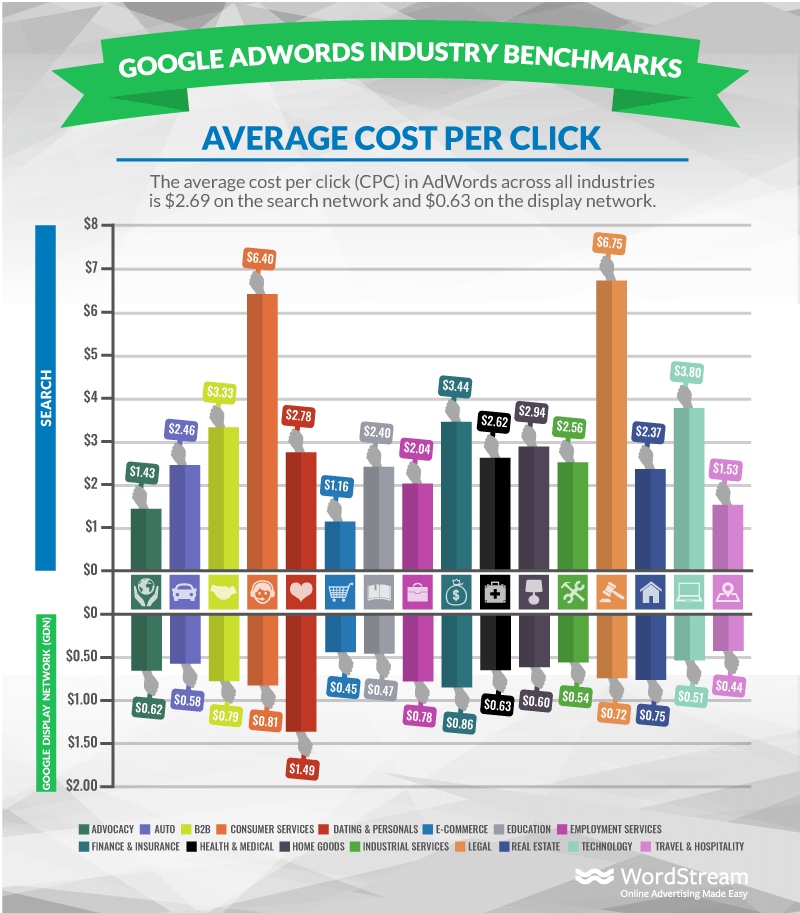
It’s worth doing your research into your industry’s average, and also using tools like the Keyword Planner and Performance Planner in Google Ads to see what CPCs are looking like in your industry for popular keywords.
It’s also down to your business and your target CPA. You might be happy to pay £3 for a click if that user then converts and spends £500. What average CPC is going to be profitable for your business, and what are you going to see a good return on investment on?
SUMMARY
Whilst CPCs continue to inflate, paid media advertising is still a highly valuable tool to utilise in your marketing strategy. There are also plenty of things you can try out on your accounts to keep your CPCs as low as possible, and to ensure your campaigns are cost-effective.
So, if you’re worried about your CPCs try out some of the above tips for yourself! Or, why not get in touch with our Paid Media team here at Evoluted?

